First, the good news. A November 2023 survey found that 99% of Canadian and U.S. homeowners have heard of heat pumps. Two trends also make it easier than ever for them to upgrade to a heat pump. The amount of new U.S. homes using electricity for heat grew from 27% in 2000 to 45% in 2020. Meanwhile, federal, state, provincial, and municipal rebates for heat pump upgrades are growing across Canada and the U.S.
So, it’s no surprise that the financial value of the residential heat pump market has already exceeded that of AC-only units in 2022. It’s also set to double by 2028, a trend that highlights both the immediate and long-term business opportunities for HVAC contractors.
Now for the puzzling news. Despite all that awareness, electrification, and incentives, only 20% of homeowners currently have a heat pump. Understanding why more haven’t upgraded is key for HVAC contractors who want to transform awareness and interest into sales.
A Positive Type of Climate Change
For homeowners living in cold weather regions, climate is a top barrier to adoption. Today, the U.S. Southeast has the highest concentration of heat pump ownership simply because it has mild winters. In New England, the Upper Midwest, and other colder climates, ownership rates are six to seven times lower.
The colder the winter, the tougher it is for a traditional air source heat pump to warm a home without the help of a backup system. Every time the furnace or auxiliary heat strips turn on, it undermines the energy and financial savings that homeowners expect from a heat pump. For many people, those drawbacks are enough to stick with gas or electric furnaces.
But technological advances are steadily overcoming those challenges by enabling heat pumps to operate in ambient outdoor temperatures as low as –13°F. That minimizes the amount of time that the backup system needs to help — and can even eliminate the need and expense of having one at all.
A partnership between the U.S. Department of Energy (DOE) and heat pump manufacturers such as Bosch is playing a pivotal role in developing and commercializing these next-generation cold–climate heat pumps (CCHPs). The DOE’s Cold Climate Heat Pump Technology Challenge has two categories for residential, centrally ducted, electric-only CCHPs: those optimized for 5°F operation and those capable of -15°F. Both types of CCHPs must be able to deliver 100% heating capacity without the use of auxiliary heat, which the DOE says can potentially save households at least $500 a year.
Balancing Efficiency with Comfort
Bosch joined the challenge in January 2024 with its Inverted Ducted Split (IDS) Ultra air-to-air CCHP, which delivers 100% capacity — up to 60,000 BTU per hour — at an ambient temperature of 5°F. The exact BTU can vary depending on the combinations. This performance is critical for winning over homeowners who value comfort as much as energy efficiency. They’re unwilling to trade lukewarm air for low electric bills and a smaller carbon footprint. A CCHP that doesn’t require that tradeoff overcomes one of the top sales barriers for HVAC contractors.
The IDS Ultra also operates down to -13°F with an auxiliary heater, a range that further expands the addressable market in cold climates such as the Upper Midwest and Canada. The inverter is a crucial component because it adjusts the compressor’s speed to keep temperatures at a comfortable level without compromising energy efficiency.
Specifically, engineers equipped the IDS Ultra with an enhanced vapor injection compressor (EVI) to allow the unit to heat more powerfully in frigid temperatures. Heat pumps are like air conditioners working in reverse. Instead of using refrigerant to cool your home, heat is transferred from the air outside to the refrigerant, and this is what warms up the home. The problem is, the colder it gets outside the harder it is to take this heat from the outside air. To address this issue, the EVI “borrows” additional heat from the hot side of the refrigerant cycle and redirects it to help warm up the house.
A small carbon footprint doesn’t require a big physical footprint. The IDS Ultra provides 5 tons of capacity in the space of a 3-ton unit by using an innovative blower housing that reduces the size of the coils. A svelte design can be particularly attractive to builders and homeowners in urban areas, where the trend is toward increased housing density as a response to high land costs.
For additional comfort, consistency, and efficiency, the IDS Ultra is capable of supporting demand response for use cases such as preheating the home. This capability uses an outdoor gateway with an embedded cellular modem, which automatically connects to a preselected mobile operator. This design eliminates challenges such as the lack of reliable Wi-Fi outside the customer’s home and the need for the installer to configure the gateway. The gateway connects to a Bosch server, which communicates with the local utility to receive the right demand response signals for that address.
Finally, all of these benefits don’t have to create challenges for HVAC contractors. That’s important because contractors have to pass on the cost of complexity to customers, who will balk if that price is too steep. For example, the wiring configuration for installing Bosch’s IDS Ultra is no different than traditional heating and cooling systems such as heat pumps with one– or two-stage compressors. That’s good news for HVAC contractors who want to grab their share of the burgeoning CCHP market.
Click here to learn more about the new IDS Ultra Cold Climate Heat Pump!
Whether you require installation, repair, or maintenance, our technicians will assist you with top-quality service at any time of the day or night. Take comfort in knowing your indoor air quality is the best it can be with MOE heating & cooling services Ontario's solution for heating, air conditioning, and ventilation that’s cooler than the rest.
Contact us to schedule a visit. Our qualified team of technicians, are always ready to help you and guide you for heating and cooling issues. Weather you want to replace an old furnace or install a brand new air conditioner, we are here to help you. Our main office is at Kitchener but we can service most of Ontario's cities
Source link

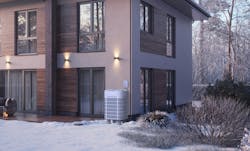
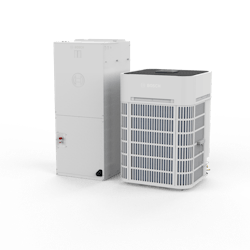
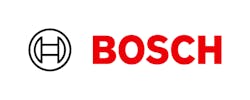
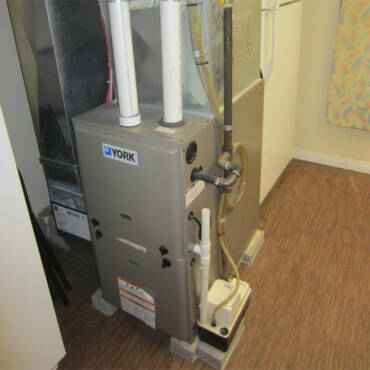
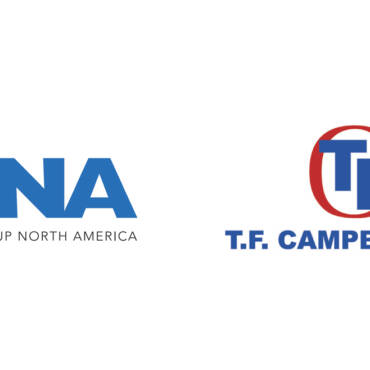
Add Comment